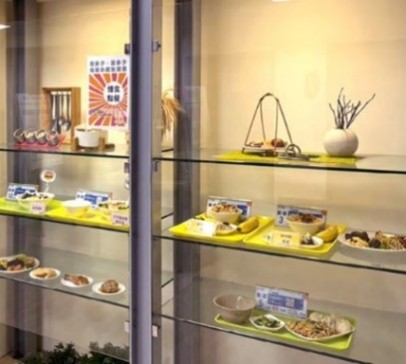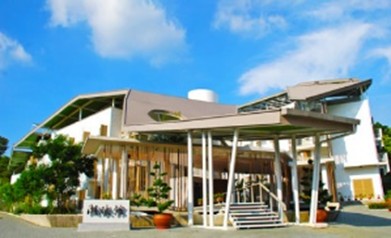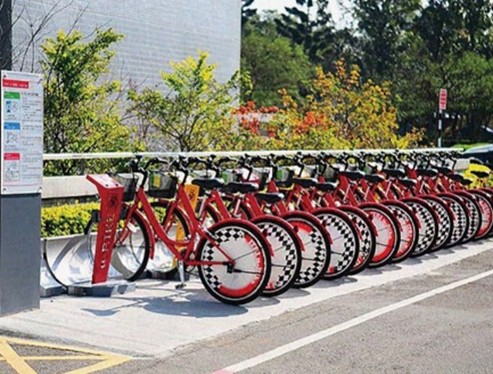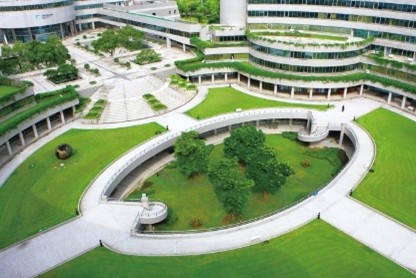|
• In 2000, ITRI initiated the “Green Office” environmental campaign.
• From 2008 onwards, ITRI gradually improved/reduced its workplace energy consumption by replacing its old motors with new ones, using solar water heating systems in dormitories, engaging in rooftop plantations to reduce thermal conduction, improving lighting in offices and laboratories, and implementing energy-saving measures in the staff cafeteria.
• In 2013, ITRI was certified as a green-mark from the Ministry of Environment.

|
• In 2010, ITRI obtained its first-ever Diamond-Level Green Building Label. To date, there are 7 green building label certifications and 2 intelligent building label certifications, which are owed to 7 buildings ITRI constructed.
• In 2013, ITRI pioneered the establishment of a district energy center, resulting in a 43% reduction in energy consumption for a 13-year-old building (i.e., Building 10 of ITRI Headquarters’ buildings). In 2015, it received the diamond-level Green Building Labeling System of EEWH for its existing buildings.

|
• Since 2008, ITRI aimed at promoting low-carbon transportation, and has raised 5 energy-conserving measures, including the establishment of a ”ridesharing platform”, setting up U-bikes for official use within the campus, installing energy-saving waiting shelters, and the comprehensive utilization of official electric vehicles. Additionally, the institute also provides electric shuttle bus services.

|
• In 2011, ITRI initiated the “Green Campus” project, promoting a green and low-carbon campus. The project involved the implementation of smart technology in old buildings and the establishment of an intelligent power monitoring platform for architectural systems. The campus serves as an forward-looking demonstration area for the application of green technology.
• In 2012, ITRI established an ecological pond within the campus of its headquarters to regulate the temperature of its surrounding environment. Concurrently, ITRI constructed an underground rainwater harvesting pool, collecting rainwater for plant irrigation.
• In 2021, the Shalun Green Energy Technology Demonstration Site applied microclimate conditions in its design, creating a green ecological park with reduced carbon and low-carbon operation.

|